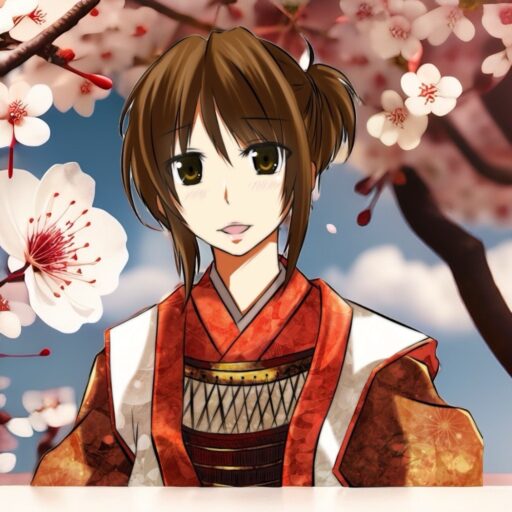**About the “Kamon” (Japanese Family Crest)**
In Japan, we have a traditional symbol known as a *kamon* (家紋), which is used to represent a family or a specific lineage. Unlike European coats of arms or Chinese royal emblems, which are often associated with nobility or royalty, *kamon* are not limited to the aristocracy. In Japan, many families have their own *kamon*, and it has been used for centuries as a mark of identity, often appearing on clothing, buildings, or personal belongings.
The *kamon* that is engraved on this key case is called “Maru ni Tachibana” (丸に橘), which means “a tachibana orange inside a circle.” Interestingly, both my family and my wife’s family share this same *kamon*, which is why I chose it for this gift. It’s a meaningful symbol that reflects not just family heritage, but also our connection to Japanese tradition.
I hope this introduction to the *kamon* adds a little extra significance to the key case, and I’m excited to share a part of our culture with you!
—
This explanation gives your friend an understanding of what a *kamon* is, how it differs from Western and Chinese heraldry, and why the “Maru ni Tachibana” has personal meaning for you.
—
**家紋について
日本には、家紋という伝統的なシンボルがあります。 ヨーロッパの紋章や中国の王家の紋章が貴族や王族を連想させるのとは異なり、家紋は貴族階級に限定されるものではない。 日本では多くの家が独自の「家紋」を持っており、何世紀にもわたってアイデンティティの印として使われてきた。
このキーケースに刻まれている*家紋*は「丸に橘」と呼ばれ、「丸の中に橘」という意味である。 面白いことに、私の実家も妻の実家も同じ “丸に橘 “なのだ。 家族の伝統だけでなく、日本の伝統とのつながりを反映する意味深いシンボルなのだ。
この “家紋 “の紹介が、このキーケースにさらなる意味を与えてくれることを願っています!
—
この説明によって、「家紋」とは何か、西洋や中国の紋章学とどう違うのか、そしてなぜ「丸に橘」があなたにとって個人的な意味を持つのかが理解できるだろう。


コメント